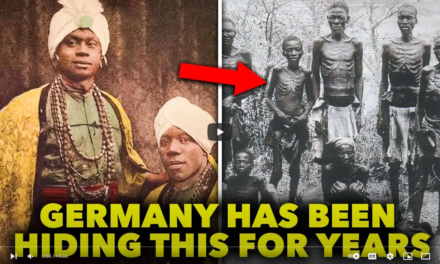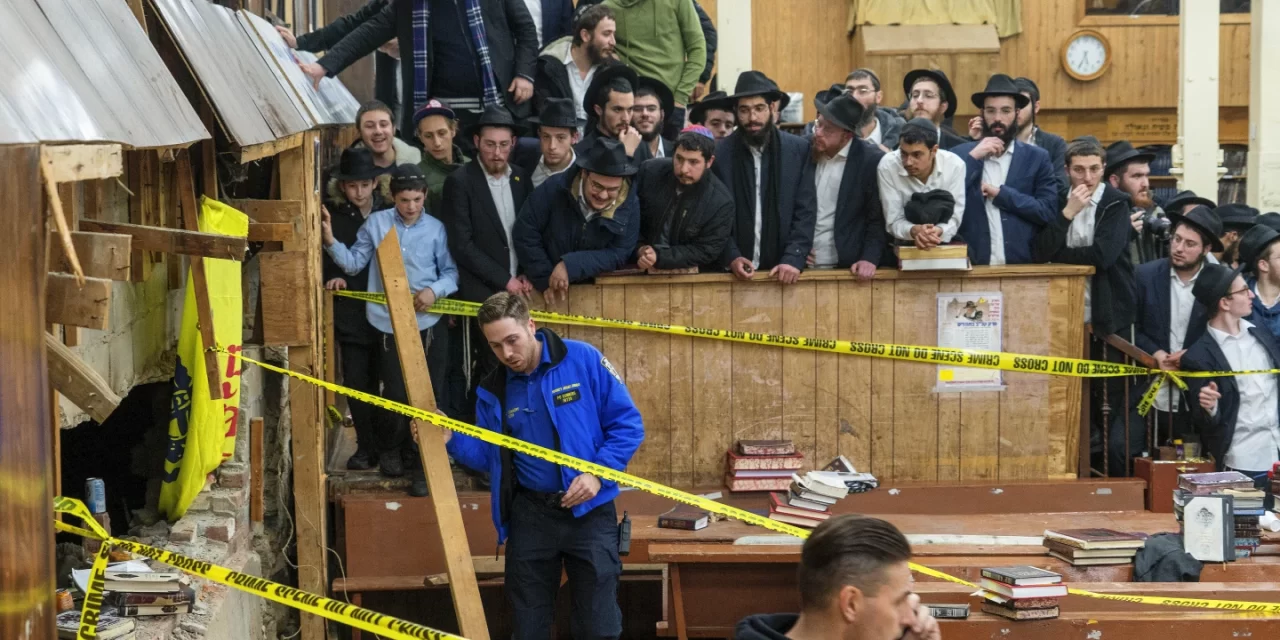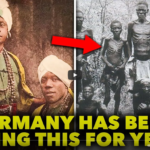(Bruce Schaff via Associated Press)
A revered Brooklyn synagogue, the global headquarters of the Chabad-Lubavitch movement, became the scene of a heated dispute this week. The controversy stemmed from the discovery of a secret underground tunnel, constructed without permission, and culminated in a brawl between worshippers and police.
The tunnel’s purpose and origin remains a mystery. Some claim it was a clandestine expansion project envisioned by the movement’s late leader, while others denounce it as vandalism by a small group of zealous young men.
Regardless of its intent, the tunnel’s existence sparked tensions. Leaders attempted to seal it off, igniting a protest that turned violent when police intervened to make arrests. Footage circulating online depicts a chaotic scene, with furniture tossed and scuffles breaking out.
The incident has left the community deeply divided. Many express disappointment and condemn the destruction, feeling it tarnishes the synagogue’s sacred status. Others, particularly tunnel supporters, hold onto the belief that their actions align with the late Rabbi Schneerson’s wishes.
The fallout from this clash is far-reaching. The synagogue remains closed, structural safety inspections are ongoing, and nine individuals face criminal charges. The incident also raises questions about internal dynamics within the Chabad-Lubavitch movement and the complexities of reconciling tradition with modern realities.
This story serves as a stark reminder of the fragility of peace, even within deeply religious communities. It underscores the importance of open communication, clear boundaries, and respect for established authority figures.
Moving forward, the Chabad-Lubavitch movement faces the challenge of healing internal divisions and rebuilding trust. A thorough investigation into the tunnel’s construction and motivations is crucial, alongside efforts to foster dialogue and understanding between different factions.
Please note: This blog post summarizes the Associated Press article.



















